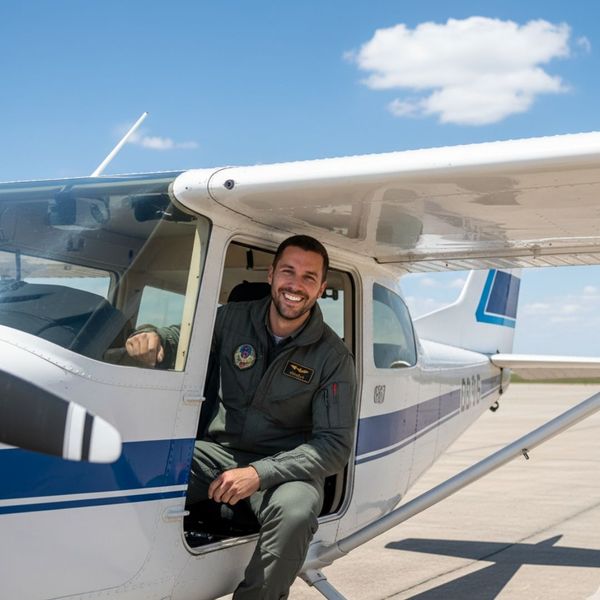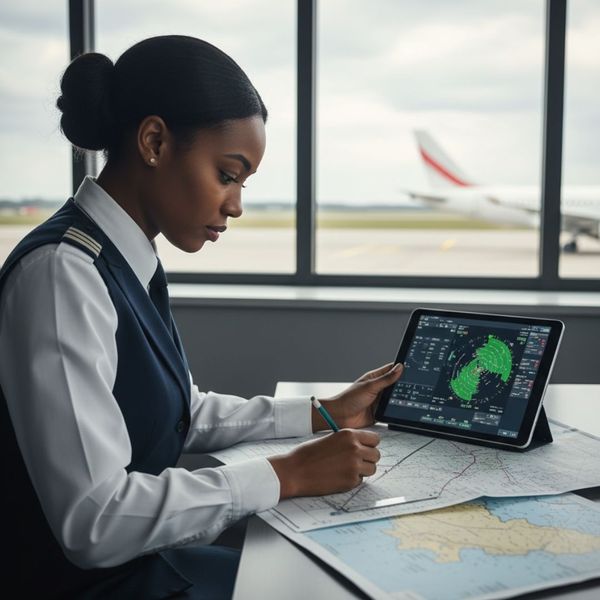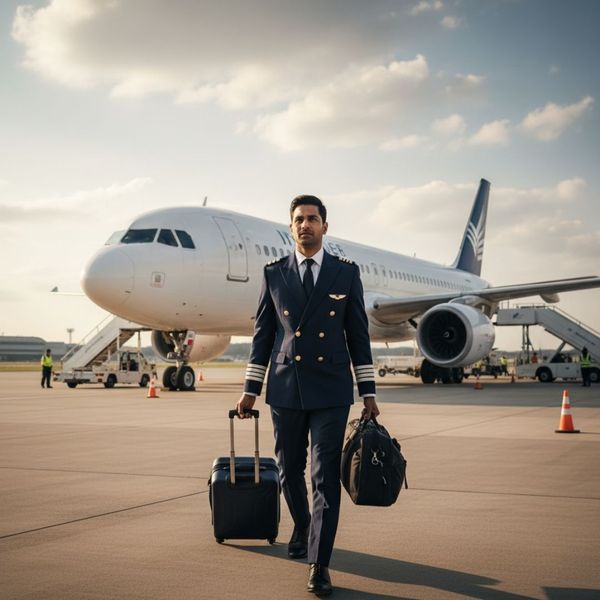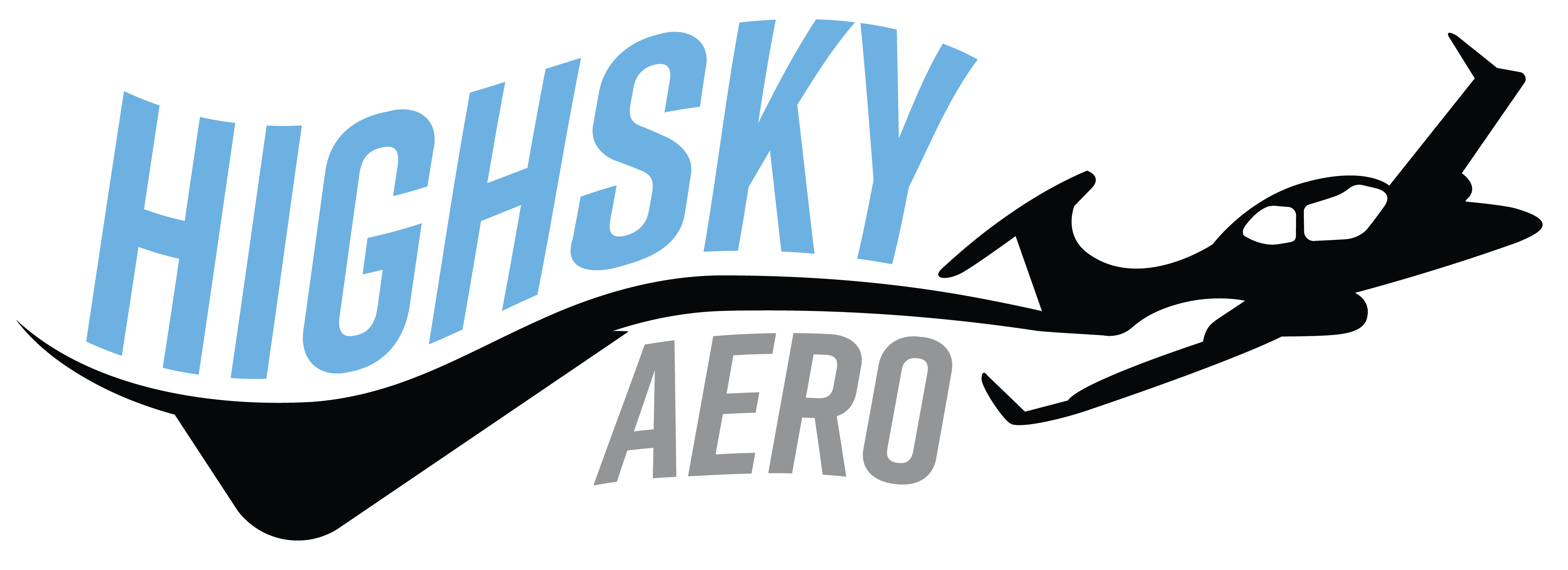The dream of becoming an airline captain begins the moment a student decides to take their first flight lesson. The journey from a Private Pilot License (PPL) holder to the cockpit of a major airline is both challenging and profoundly rewarding. At HighSky Aero in Arlington, we understand this ambitious path is a series of clearly defined, essential stages. We are here to provide the structured, affordable training and time-building solutions our students need at every crucial step. We believe that with the right guidance, the command seat awaits our next graduate.
The Path From Private Pilot to Airline Captain

Mastering Your First Solo: The Private Pilot License (PPL)
The PPL is the foundational credential in any pilot’s career, proving the holder can safely operate an aircraft. We guide our students through the necessary ground school, dual instruction, and that unforgettable first solo flight. This license allows for recreational flying, but we recognize it is the critical first step toward commercial aspirations for our ambitious pilots.

Building Professional Skills: The Instrument Rating (IR)
After the PPL, the next major milestone is the Instrument Rating. This certification allows our pilots to fly legally under Instrument Flight Rules (IFR), navigating exclusively by reference to aircraft instruments. An IR is a mandatory skill for all commercial operations, and we ensure our training demonstrates a higher level of precision, professionalism, and safety in complex weather.

Unlocking Career Doors: The Commercial Pilot License (CPL)
The CPL is where flying transitions from a hobby to a career. This rating requires accumulating a significant number of flight hours and demonstrating advanced maneuvering skills to an examiner. Obtaining this license allows our graduates to be legally hired and paid for flight services, launching them into the professional sector. We offer tailored time-building to make this efficient for our students.

The Final Leap: Multi-Engine Rating and Time Building
To become an airline pilot, our students must add a Multi-Engine Rating (MEL) to their CPL. This is essential for operating jetliners and turboprops. Post-CPL, the focus shifts to building 1,500 total hours to qualify for the Airline Transport Pilot (ATP) certificate—the final gate for the airlines.
The path from PPL to captain is demanding, but HighSky Aero is committed to making the journey straightforward and affordable. As a dedicated aviation school, we provide high-quality aircraft and cost-effective time-building packages to help you reach your Airline Transport Pilot (ATP) minimums efficiently. Contact us today to learn more about how we can accelerate your training or explore our multi-engine programs.
